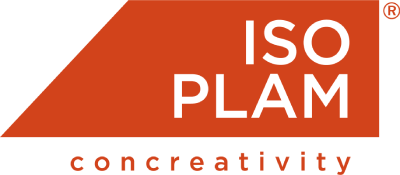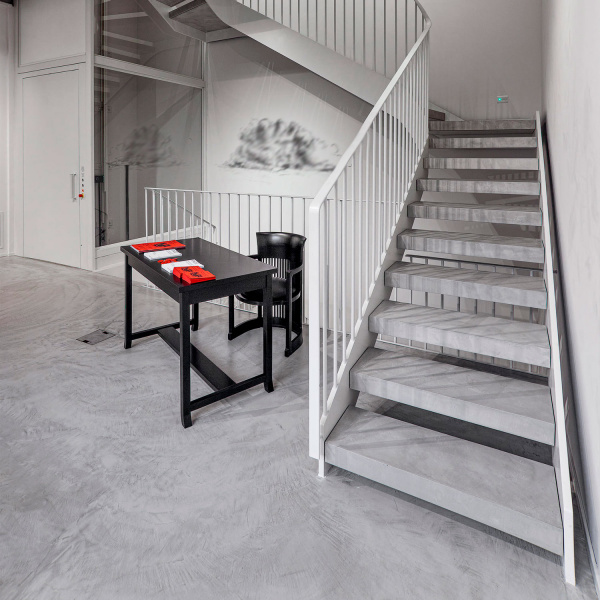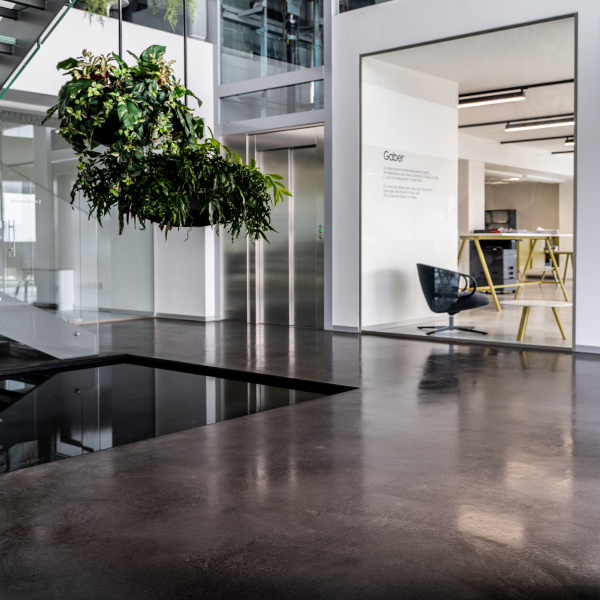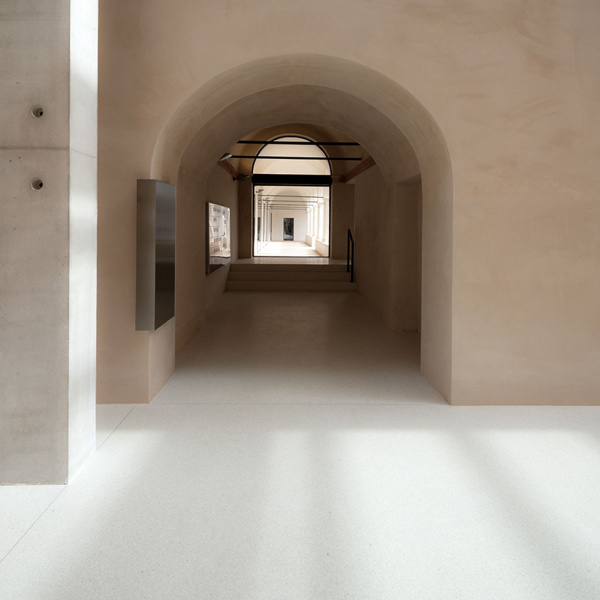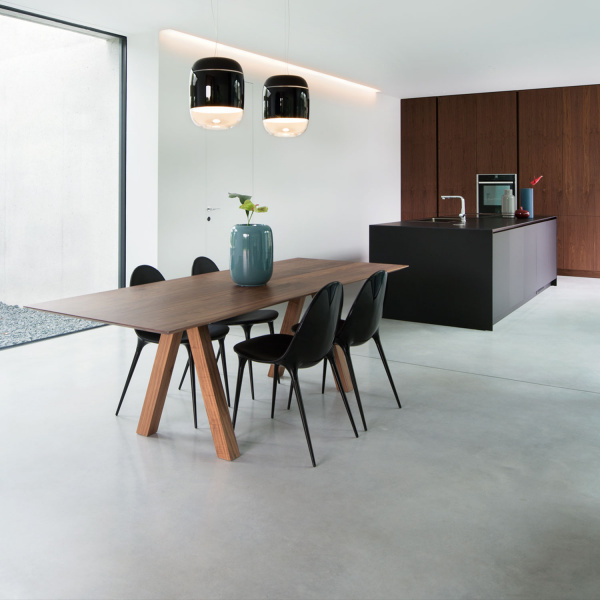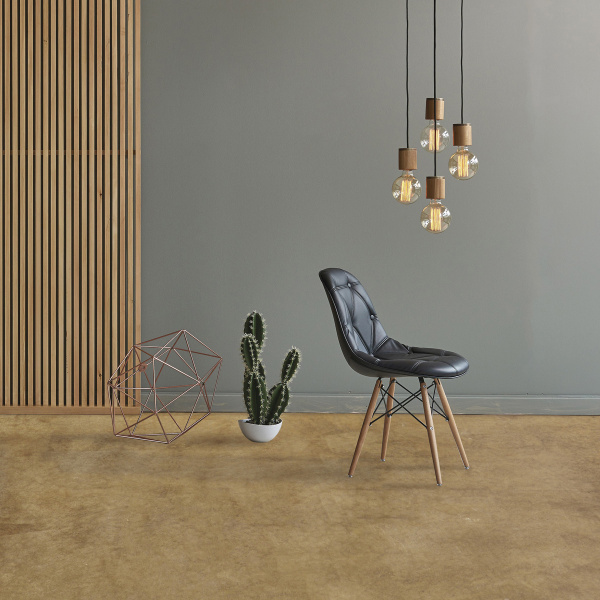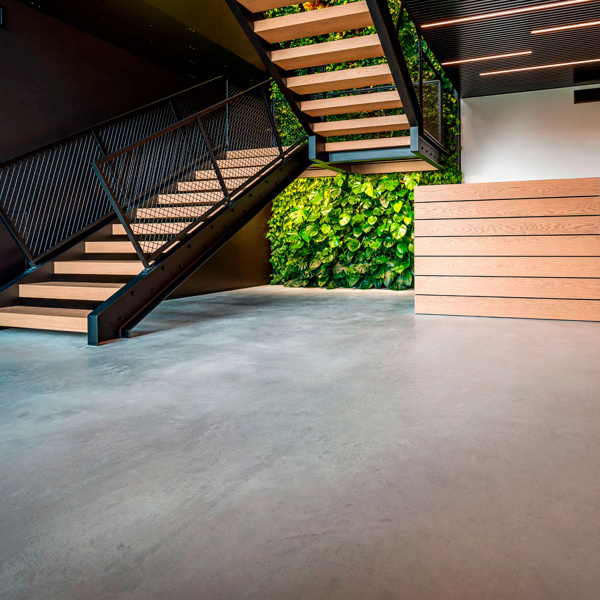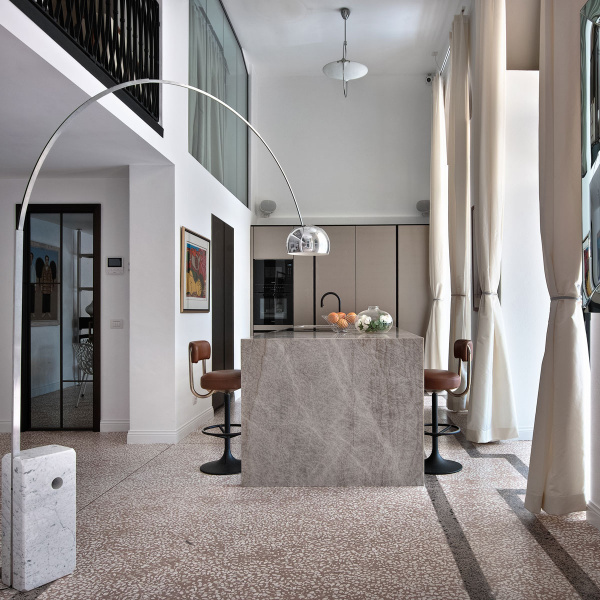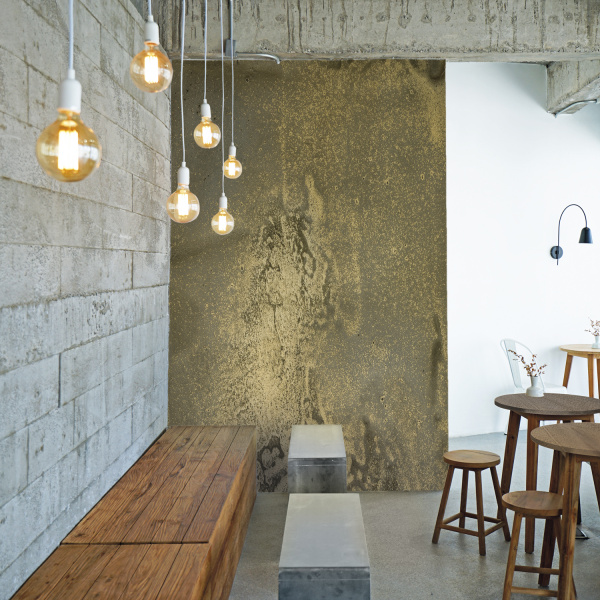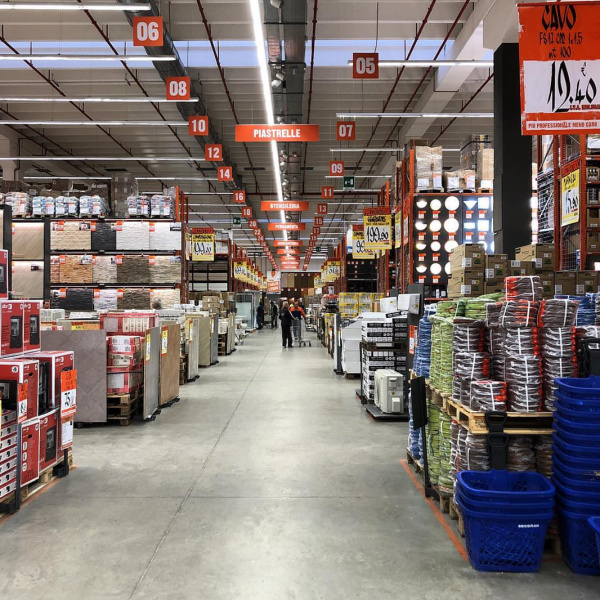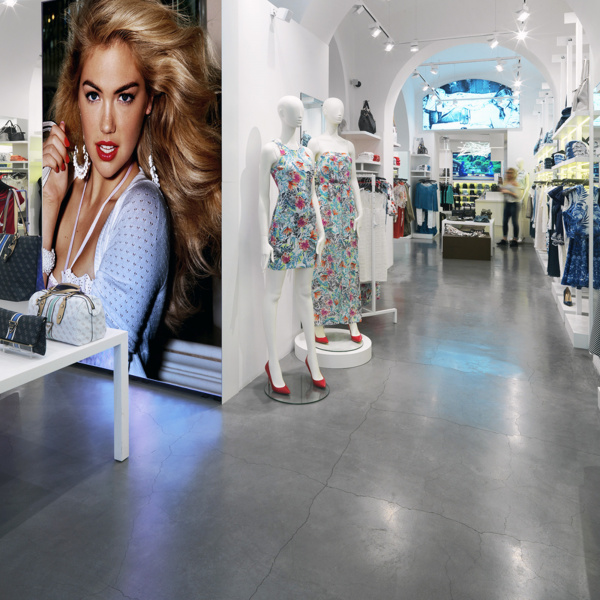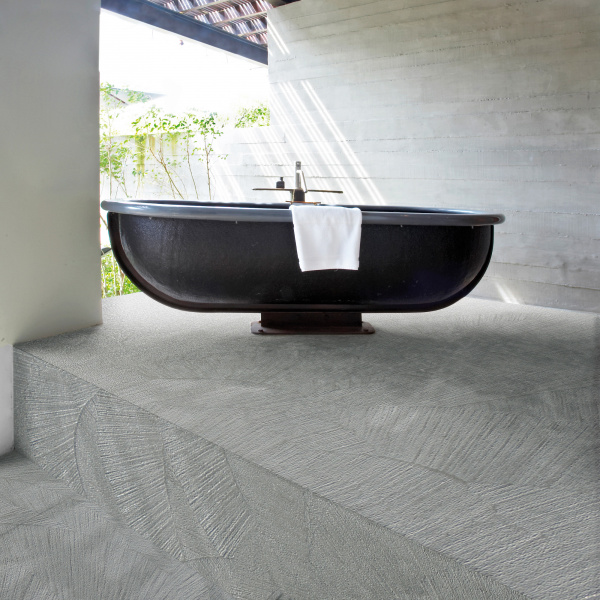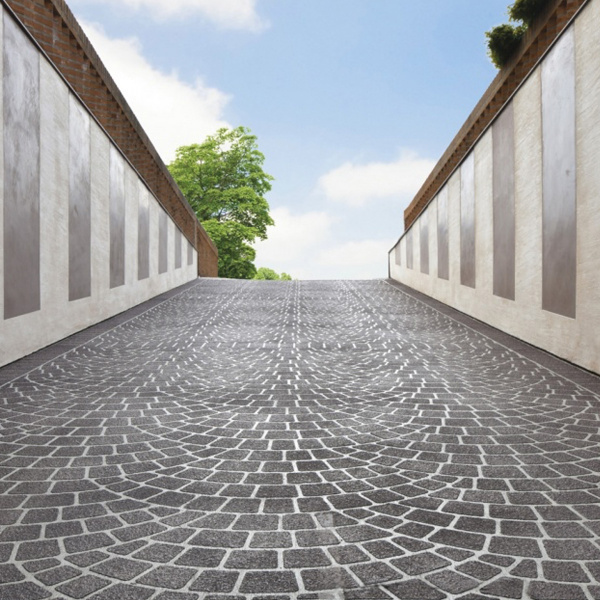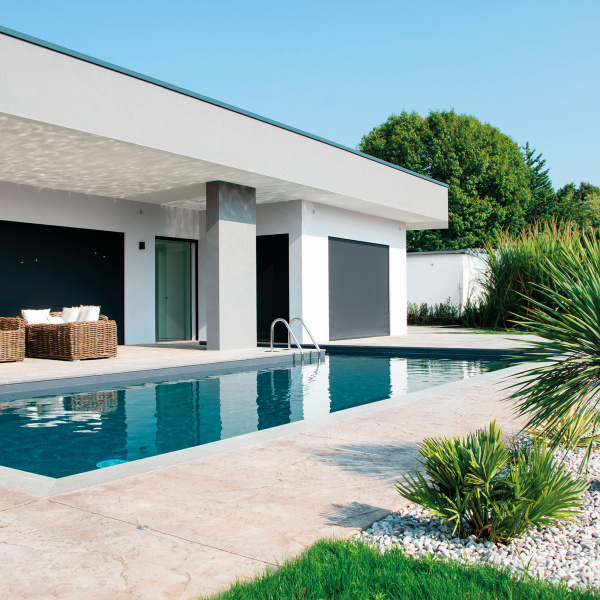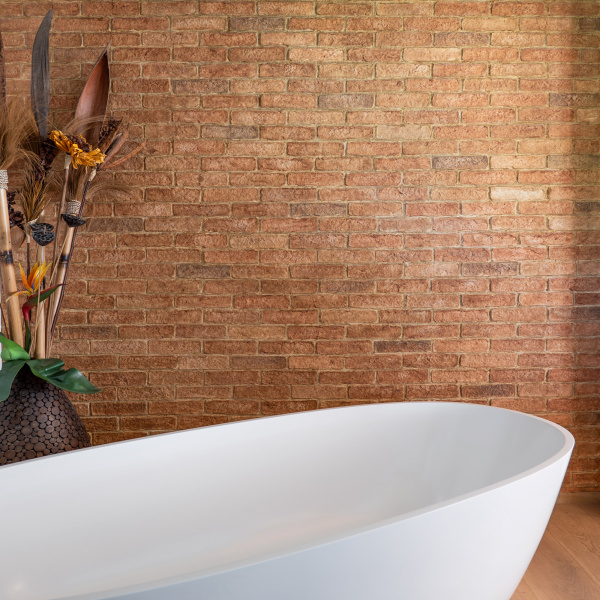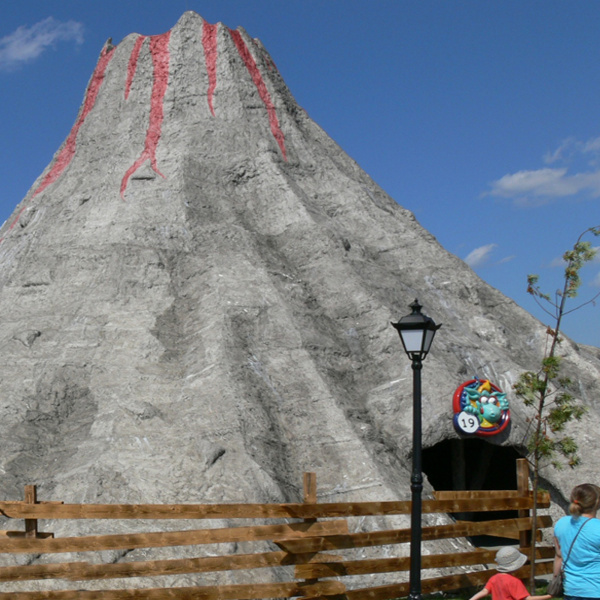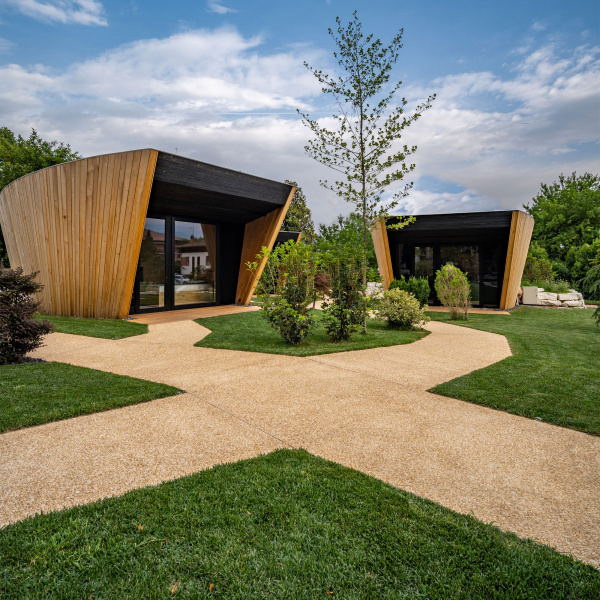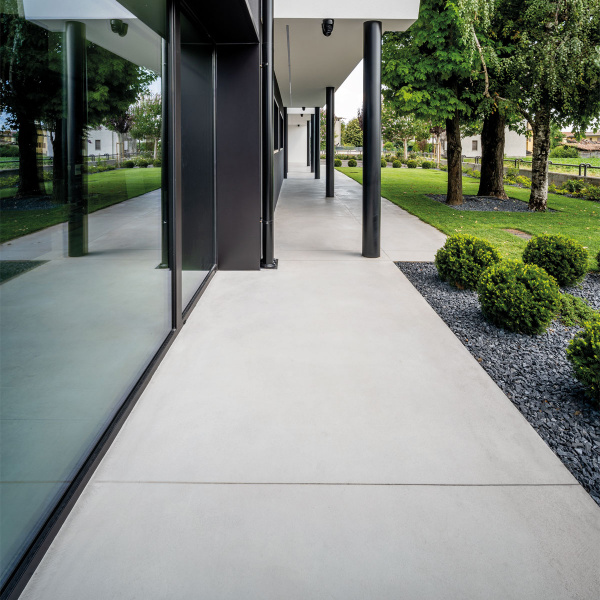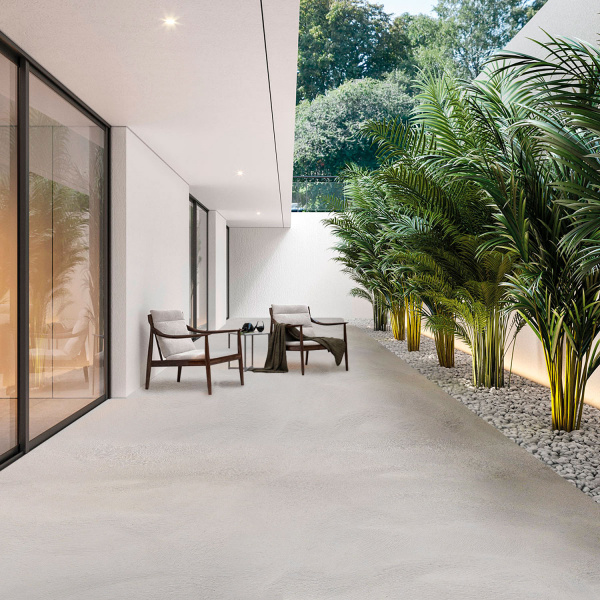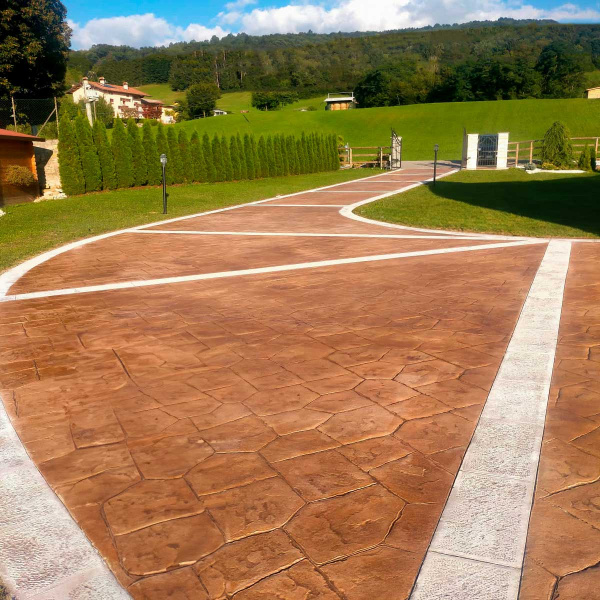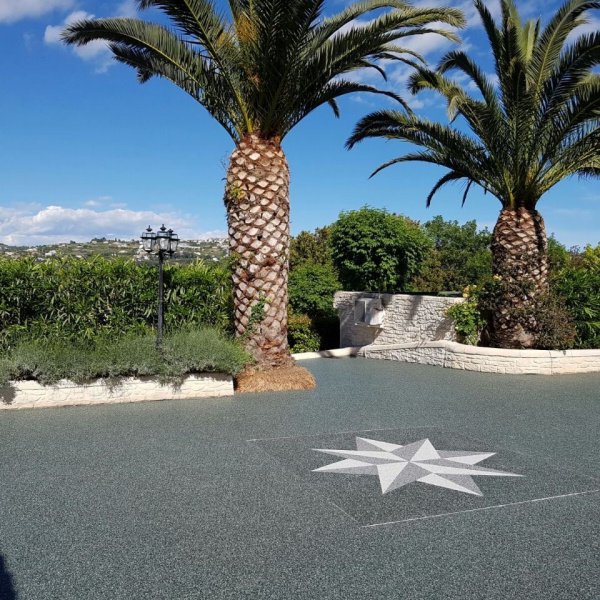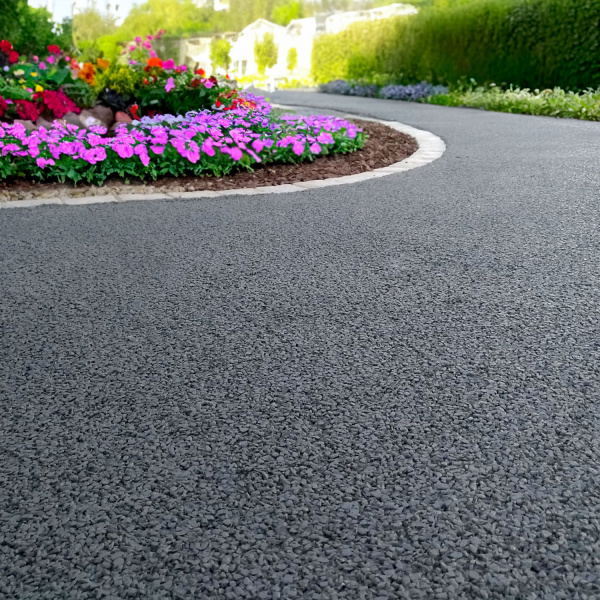The Corten effect has conquered contemporary design. More and more architects and designers adopt elements characterized by orange, red, brown shades in their creations, enriching them with bronze or pink brushstrokes. But what are we talking about?
The Corten effect, also commonly known as “rust effect”, takes its inspiration from the particular type of steel that gives it its name. In furnishing choices, it is increasingly required to decorate walls or other furnishing objects, such as hobs and tables, giving the spaces a vintage and an industrial touch at the same time. But let's try to understand something more about the Corten effect coating, starting from its origins to its different forms of application.
What is Corten steel?
As already mentioned, Corten is a particular type of steel that was patented back in 1933 in the United States. It is an alloy made up of steel and other materials, including copper. Beyond the technical definition, Corten stands out for two main characteristics, which are contained in its own name:
- high corrosion resistance
- high tensile strength
Coming to the first aspect, the rust effect that characterizes the Corten panels is not a symptom of the deterioration of the material, as easily imaginable. In fact, even if the steel oxidizes in contact with the air and takes on the classic brownish color, the corrosion process stops within 3-4 years. This happens thanks to the formation of a patina (precisely the one that gives the characteristic brownish color) made up of the oxides of the alloys, which prevents the advancement of corrosion.
We can affirm that Corten is a sort of “material paradox”. The patina, on one hand, protects the material avoiding its wear over the years and on the other hand gives that Corten effect that makes this particular steel unique in its kind. It is no coincidence that the extraordinary qualities of this material make it so appreciated in the world of architecture and design.
Regarding mechanical resistance, Corten is divided into three different types:
- Corten A has a much higher resistance than common steels and perfectly resists corrosion induced by atmospheric agents. For this reason, it is the most used in architectural constructions.
- Corten B is characterized by a chemical composition capable of ensuring excellent mechanical resistance even in high thicknesses. This version is used in structural applications.
- Corten C is the most resistant of the types mentioned so far.
Anyway, corten sheets are difficult to exploit for the creation of decorative elements. The processing requires the intervention of specialized professionals with not affordable costs. Furthermore, the material is characterized by the “bleeding phenomenon”: the panels release iron oxide dust over time, thus compromising the application for decorative purposes.
So, how do you get the much-desired Corten effect in the internal and external spaces of your home?
Isoplam ® has created an alternative solution that takes the name of Oxyrust.
Oxyrust, Corten effect by Isoplam
The realization of Corten effect on walls is quick and easy with Isoplam® Oxyrust. It is a decorative paint that allows you to create magnificent vertical indoor and outdoor surfaces, capable of reproducing the appearance of oxidized Corten panels in a highly realistic way. However, Oxyrust is not just a solution to “convert” your walls to an industrial style: this decorative paint stands out for its versatility since it can also be applied to non-metallic materials such as wood, plastic, or plaster.
With Oxyrust you can create a Corten effect kitchen or a Corten effect bathroom. There are so many solutions that it is even possible to create Corten effect planters. Isoplam ® technicians have applied the rust effect decorative paints in the most diverse environments: in offices, museums, shops, public places, in the interiors of spas and wellness centers, in country houses and in many other places. Get inspired by taking a look at our creations.
How to create a Corten effect on the wall with Oxyrust?
Let's move from theory to practice and observe step by step how to create a rust effect wall. The colors made available by Isoplam® are:
- Oxyrust: the classic brownish shade of oxidized metal.
- Oxyrust Verderame: the typical coppery color of oxidation is the background for a verdigris powder.
- Oxyrust Verderame Antico: the contrast between the brownish color of oxidation and the streak of verdigris is much brighter than in the previous version.
- Oxyrust Blued Verderame: patches of uneven coppery color alternate with verdigris spots.
The various decorative paints therefore allow you to decide whether to create a more or less inhomogeneous Corten effect coating, capable of reproducing the roughness and imperfections typical of city walls subjected to wear by atmospheric agents.
The first step to recreate the Corten Effect with Oxyrust is represented by the roller application of Deco Primer Finish and Oxyrust Primer on the surface. The first is a fine-grained adhesion primer designed to improve the adhesion of paints, while the second is a brown colored primer, ideal for a rust effect paint (Corten effect paint).
Then we move on to the application of two coats of Oxyrust Paint. Once almost dry, Oxyrust Oxidant is added with spray, pad, or sponge technique (depending on the desired rust effect).
Once everything dried, Oxyrust Activator is applied again through the spray technique. This activator liquid transforms color tones to achieve the desired rust effect.
The final step concerns the application of two layers of Oxyrust Protection, a protective liquid designed by Isoplam® specifically for Corten effect paints.
Oxyrust is part of the Oxydecor range of decorative paints, which also include Oxyzinc and Oxycopper to reproduce the zinc effect and the copper effect respectively.
The solutions offered by Isoplam® thus allow you to embellish your spaces and your furnishings with shades of contemporary design, making your rooms original and unique. Consult the Isoplam® catalog, discover some cool cladding ideas and light up your imagination!